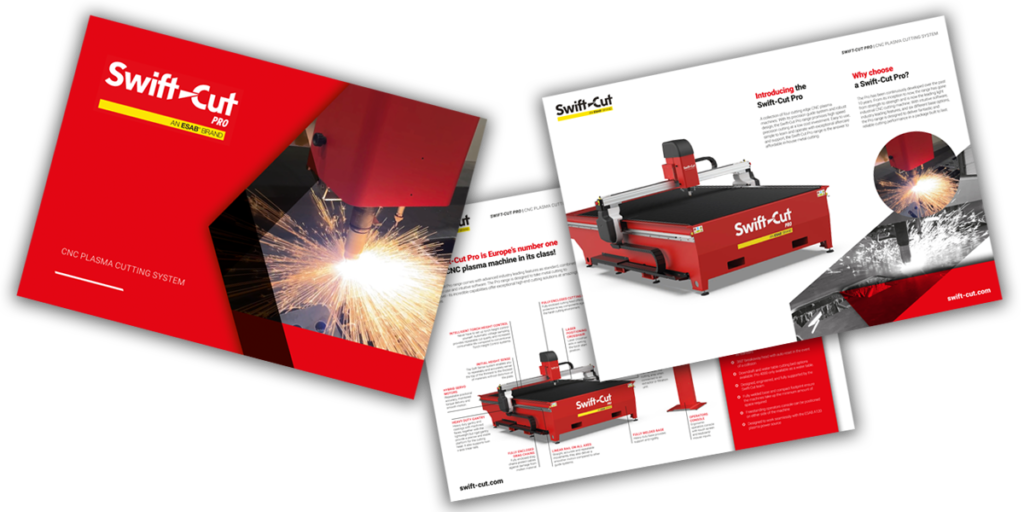The chain reaction
Like many businesses, manufacturing is often a sequence of events, a process if you like. One business very much relying on another business and so on. Like any chain, loose links will create problems further down the line, often not just at the end but during the process too.
If your business is to guarantee a smooth succession of events i.e. you’re in control of your own chain; then you need to keep every stage of the process in-house.
Why outsourcing is outdated
Thirty years ago, metal fabricators, particularly smaller businesses, thought nothing of outsourcing parts of the metal cutting process – mainly because it was the only option. When companies outsource, they effectively remove control of their own production and place the impetus on a third party. Without that level of control, they can’t make any guarantees to their customers, not without running the risk of letting them down. Keeping a promise of delivery in business is a no-brainer and having to break it is often a deal-breaker, so with outsourcing there is never an opportunity to be totally confident in the lead times given to customers.
The promises they make to sway you…
Trying to skirt the issue of delays in production without investment is a walk on thin ice. When you outsource, many of the outsource companies will promise shorter lead times without even having the abilities to make that feasible. In other words, when you say that a nineteen-week wait is too long, they will agree to a shorter time-period simply to secure your business.
…And the pitfalls
They have no hope of fulfilling the job in time and they know that from the get go, but they will worry about that in sixteen weeks when you’re chasing your late order. Now you have an un-finished product and a very dissatisfied customer. Neither of which is good for business and chances of repeat custom has now diminished considerably.
Why you should go it alone
As a company, if you can promise significantly quicker lead times then the ensuing result is two-fold. Not only are you beating your competitors and therefore increasing your market share but you are also enabling your business to increase your charges for products and services. People WILL pay more if they know they are getting a reliable and timely service.
The rise of in-house plasma cutting
When larger companies started to invest in in-house cutting machines, starting with huge, expensive laser cutters – smaller companies had neither the room or the budget to compete. The larger companies could therefore promise quicker turnarounds and lead times, threatening the existence of the smaller workshops and studios.
Then came the rise of the much more affordable plasma cutter and suddenly smaller businesses are not only back in the running but now beating their larger competitors. Their plasma tables are cheaper, quicker and more reliable. Their lead times are shorter and the end results are better.
What in-house CNC plasma cutting will do for you
It comes down to effective lead times – they are essential if your business is to succeed. We know that repeat business and customer loyalty are imperative for business growth and so the reduction of lead times will only have a positive effect on your brand.
Communication is key, being able to communicate directly with a real-time status on the work in progression is only possible if the entire process is transparent. And the only way to achieve transparency with total confidence is to have the equipment to see the job through from start to finish.
Investing in the future
Deciding to make the changes required and invest heavily to improve lead times is not one to be made lightly. However, it is one with an outcome that cannot be ignored. By investing in your business and by no longer being at the mercy of a third party means you now have 100% control over your own productivity. The results are worth the initial expenditure – repeat business and word of mouth recommendations because of impressive results are worth their weight in gold.
Take a look at the Swift-Cut table range, or our guide on buying a plasma table.
